E-commerce Growth
The rapid expansion of e-commerce is reshaping the Confectionery Flexible Packaging Market. With more consumers opting for online shopping, the demand for packaging that ensures product safety during transit has surged. Flexible packaging offers advantages such as lightweight materials and reduced shipping costs, making it an attractive option for e-commerce businesses. Data indicates that the e-commerce sector is expected to grow by 20% annually, further propelling the need for innovative packaging solutions. This growth presents opportunities for manufacturers to develop packaging that not only protects confectionery products but also enhances the unboxing experience for consumers, thereby driving sales in the Confectionery Flexible Packaging Market.
Health and Wellness Trends
The growing focus on health and wellness is impacting the Confectionery Flexible Packaging Market. As consumers become more health-conscious, there is a rising demand for confectionery products that align with healthier lifestyles. This trend necessitates packaging that clearly communicates nutritional information and ingredient transparency. Flexible packaging solutions that incorporate resealable features and portion control are increasingly favored, as they cater to the needs of health-oriented consumers. Market data indicates that products marketed as 'healthier' are experiencing a sales increase of approximately 15% annually. Consequently, manufacturers in the Confectionery Flexible Packaging Market are adapting their packaging strategies to meet these evolving consumer preferences.
Sustainability Initiatives
The Confectionery Flexible Packaging Market is increasingly influenced by sustainability initiatives. As consumers become more environmentally conscious, manufacturers are compelled to adopt eco-friendly materials and practices. This shift is evident in the rising demand for biodegradable and recyclable packaging solutions. According to recent data, the market for sustainable packaging is projected to grow at a compound annual growth rate of 7.5% over the next five years. Companies that prioritize sustainability not only enhance their brand image but also meet regulatory requirements that are becoming more stringent worldwide. This trend is likely to drive innovation in the Confectionery Flexible Packaging Market, as businesses seek to balance functionality with environmental responsibility.
Technological Advancements
Technological advancements are playing a pivotal role in shaping the Confectionery Flexible Packaging Market. Innovations in materials science and packaging technology are enabling the development of more efficient and effective packaging solutions. For instance, the introduction of smart packaging technologies, such as QR codes and NFC tags, allows brands to engage consumers directly and provide additional product information. Furthermore, advancements in barrier technologies enhance the shelf life of confectionery products, which is crucial for maintaining quality. Market analysis suggests that the adoption of these technologies could lead to a 10% reduction in packaging waste, thereby benefiting both manufacturers and consumers. As such, the integration of technology is likely to drive growth and innovation within the Confectionery Flexible Packaging Market.
Personalization in Packaging
Personalization is becoming a key driver in the Confectionery Flexible Packaging Market. As brands strive to create unique consumer experiences, customized packaging solutions are gaining traction. This trend is particularly evident in seasonal and limited-edition products, where tailored designs can significantly influence purchasing decisions. Research suggests that personalized packaging can increase consumer engagement by up to 30%, making it a valuable strategy for confectionery brands. Furthermore, advancements in digital printing technology enable manufacturers to produce small batches of customized packaging efficiently. This capability not only caters to consumer preferences but also allows brands to differentiate themselves in a competitive market, thereby enhancing their presence in the Confectionery Flexible Packaging Market.
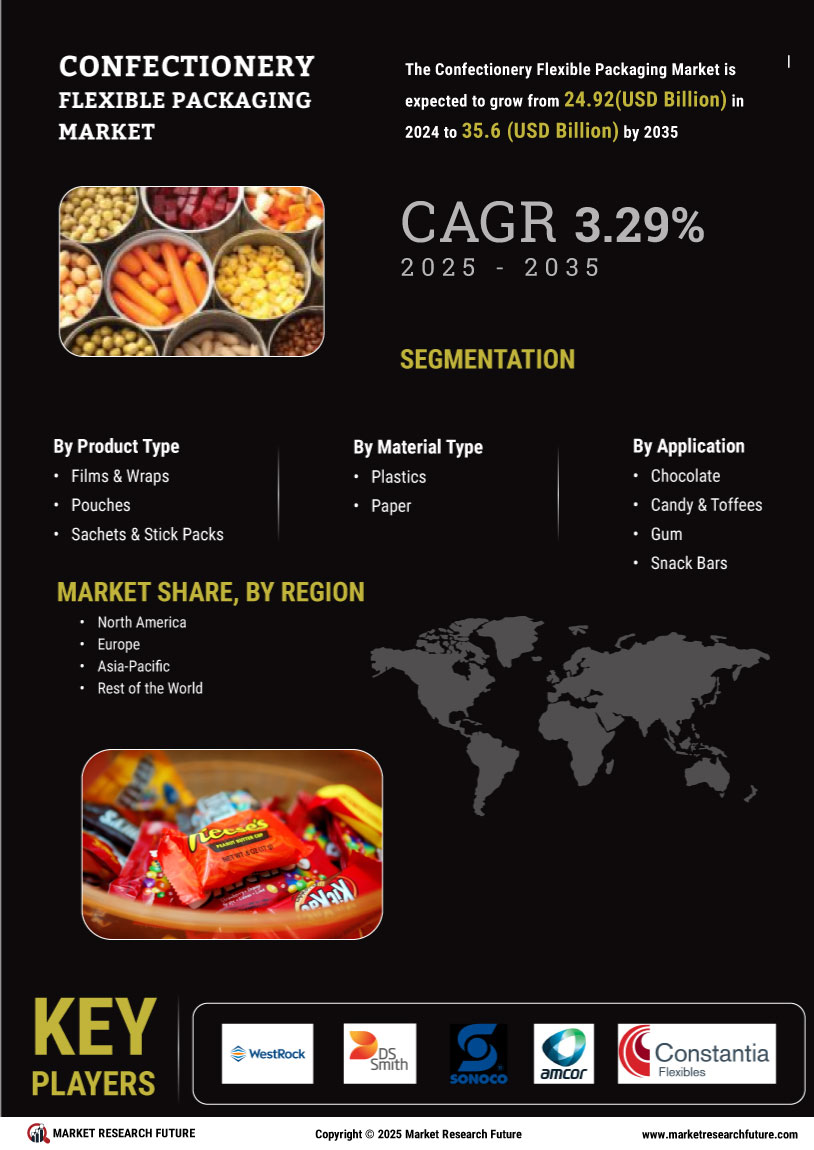

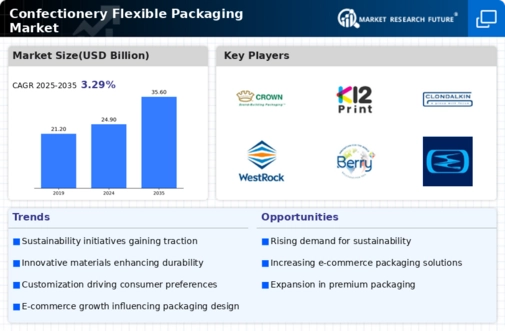


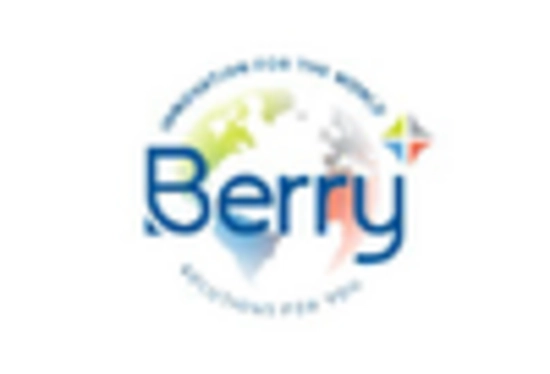
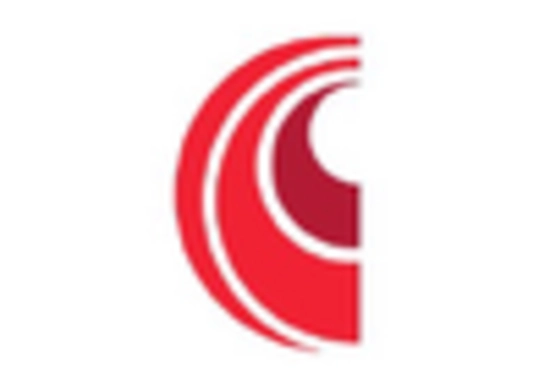
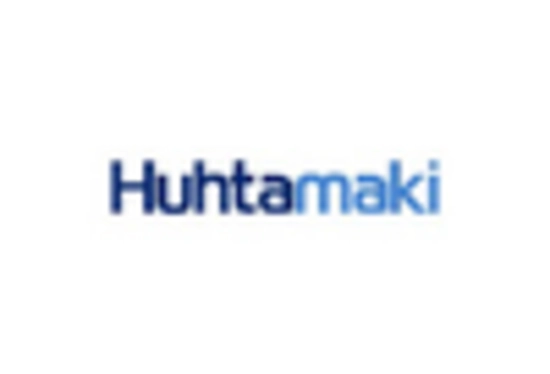










Leave a Comment